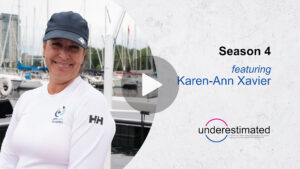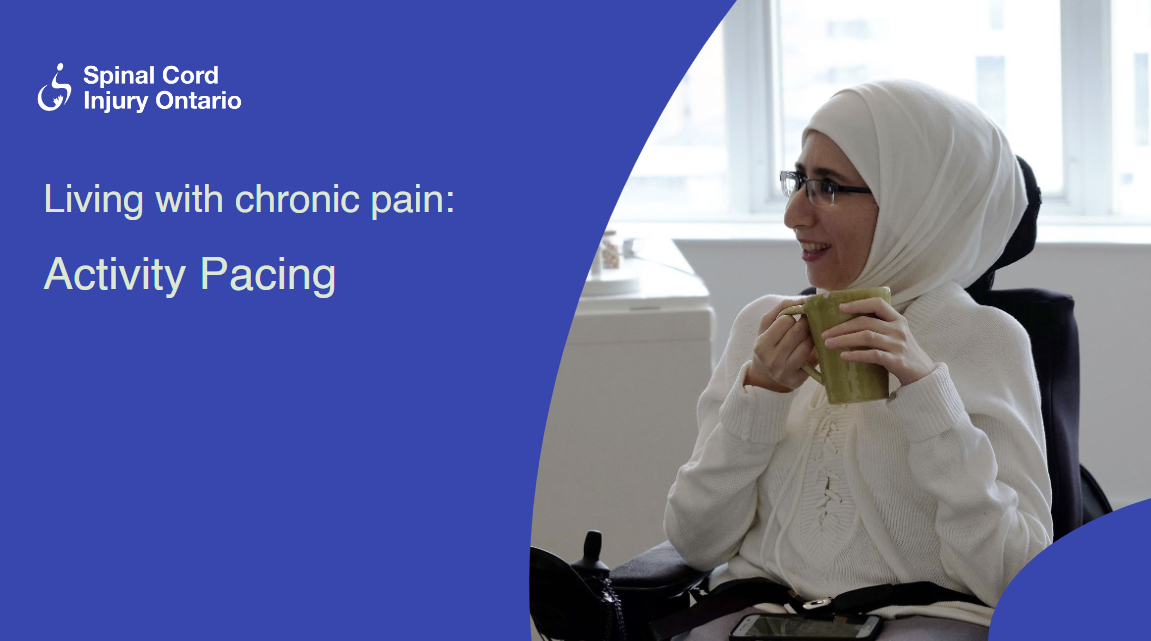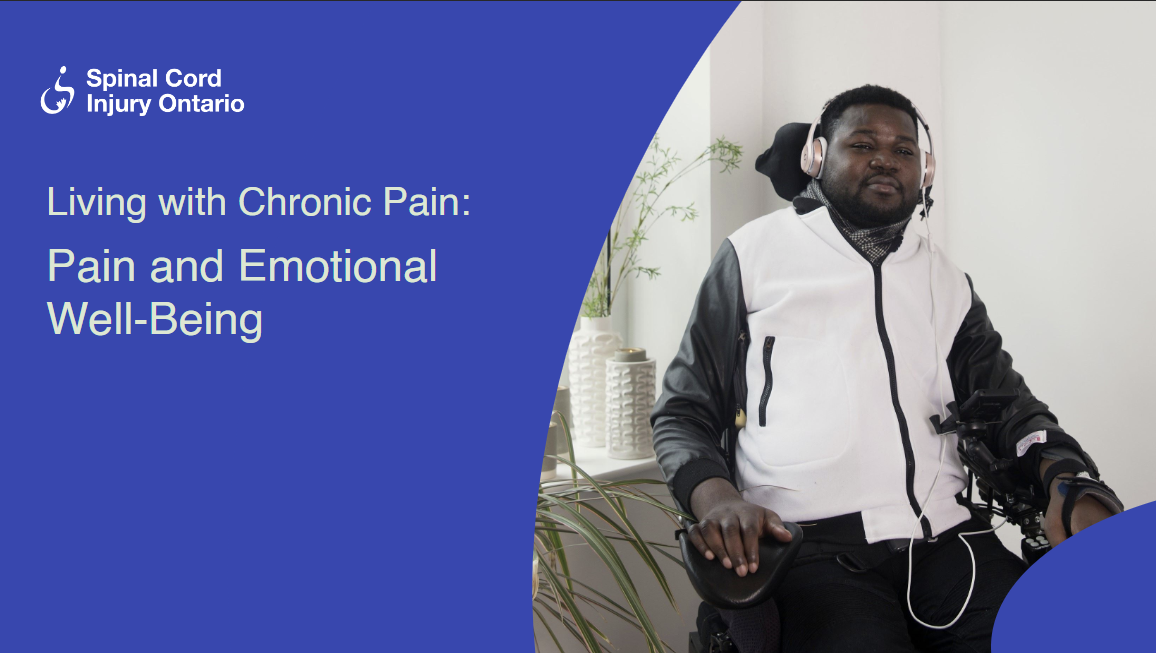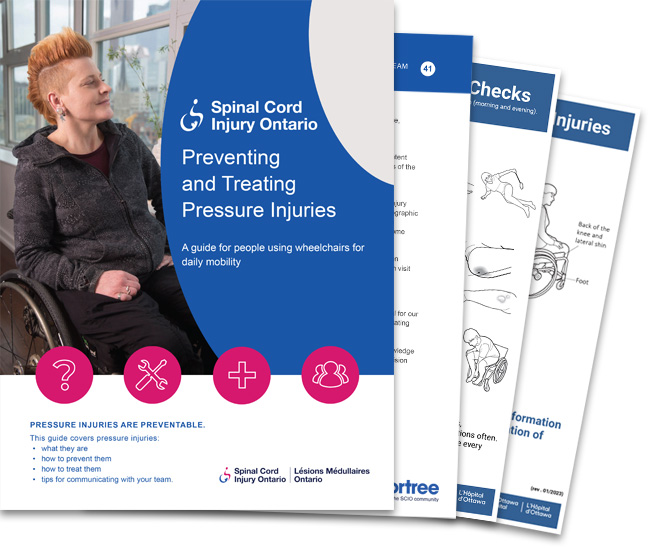Discover options that may improve your long-term health and quality of life
If you have a spinal cord injury, changes in the communication between your brain and your body may affect your bladder control. It may be difficult to hold or empty your bladder, and urinary tract infections and risk of kidney damage can be common.
If other treatment options aren’t working for you, surgical options can include bladder augmentation, catheterisable channel and urinary diversion.
- Bladder augmentation makes the bladder larger. It can also lower the pressure in the bladder to protect the kidneys and prevent urinary leaks.
- Catheterizable channel creates a tunnel between the bladder and the skin of your belly, creating a channel for a catheter to drain urine. This procedure is commonly combined with a bladder augmentation, depending on your bladder.
- Urinary diversion surgery bypasses the bladder to give the urinary system a new way of getting the urine out. The urine flow is diverted through a piece of bowel to an opening called a ‘stoma’ in the belly. ‘Ileal conduit urinary diversion’ is the most common urinary diversion surgery.
Surgery is a big decision and it’s normal to have questions. We have asked a few people who had surgery to share their stories. Helena, Anita and Heather share their experiences including why they considered bladder surgery, what the experience and recovery was like, and how they are feeling now.
If you are thinking of surgery to change the way your bladder is working, your healthcare team may discuss removing your bladder or suggest rebuilding parts of your bladder. They will test your bladder and kidney function and structure. This can include tests on blood and bladder pressures, as well as x-rays.
Not everyone can have these surgeries. To consider surgery, your healthcare team must know your preference. They must also review your diagnosis, physical ability, and prior surgeries. You may need to use a catheter regularly after this kind of surgery and that needs planning too. This course will help you review your options so you are ready to work with your healthcare team and make an informed decision, together.
Acknowledgements:
This course was originally created with the support of grant funding from the Ontario Neurotrauma Foundation in partnership with Praxis (formerly Rick Hansen Institute).
We would like to recognize the following experts who provided clinical subject matter expertise, source content and expert review of this course:
- Dr. Richard Baverstock MD FRSCS, Southern Alberta Institute of Urology, Clinical Associate Professor, Urology, University of Calgary, Calgary Alberta
- Dr. Ashley Cox, Associate Professor, Department of Urology, Faculty of Medicine, Dalhousie University, Halifax, Nova Scotia
- Dr. Genevieve Nadeau MD MSc FRCSC, Assistant Professor, Department of Surgery, Faculty of Medicine, Laval University, Quebec City, Quebec
- Dr. Humberto Vigil MD, FRCSC, Assistant Professor & Clinician Investigator – Clinical Epidemiology Program, Faculty of Medicine Department of Surgery, University of Ottawa, Ottawa Ontario
- Dr. Blayne Welk MD MSc FRCSC, Associate Professor of Surgery (Urology) and Epidemiology & Biostatics at Western University, Adjunct Scientist at St. Joseph’s Hospital, London Ontario
We would like to acknowledge and thank the people with lived experience who contributed their insights and tips to the development of this video series:
- Helena Griner
- Heather Holmes
- Anita Kaiser PhD Candidate & Research Trainee, University of Toronto KITE, Toronto Rehab, University Health Network, Toronto Ontario.









